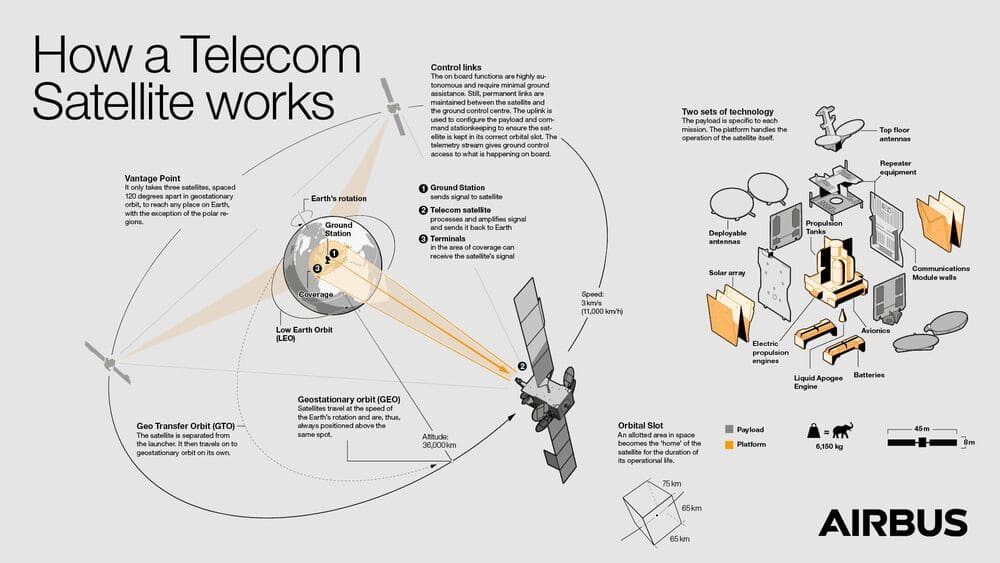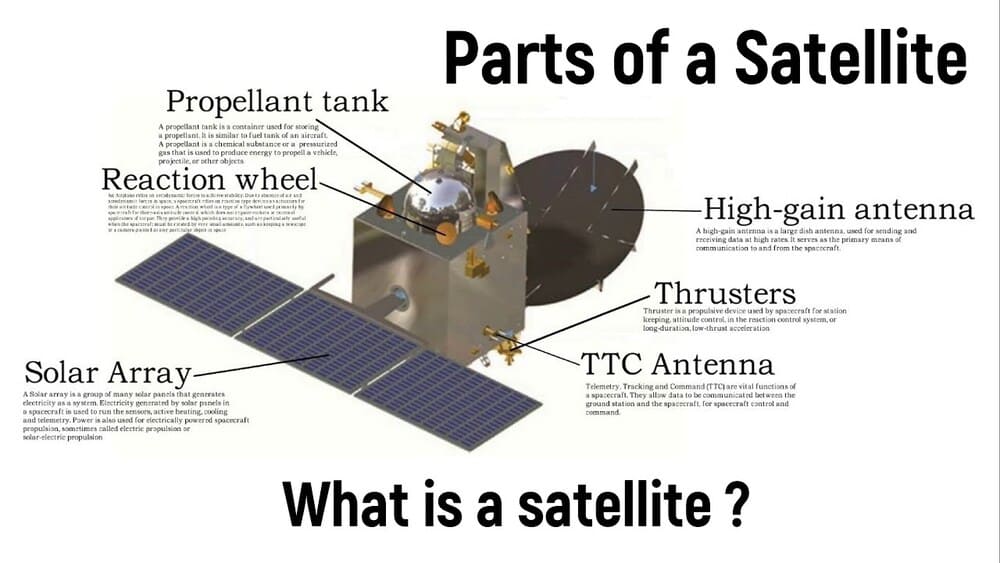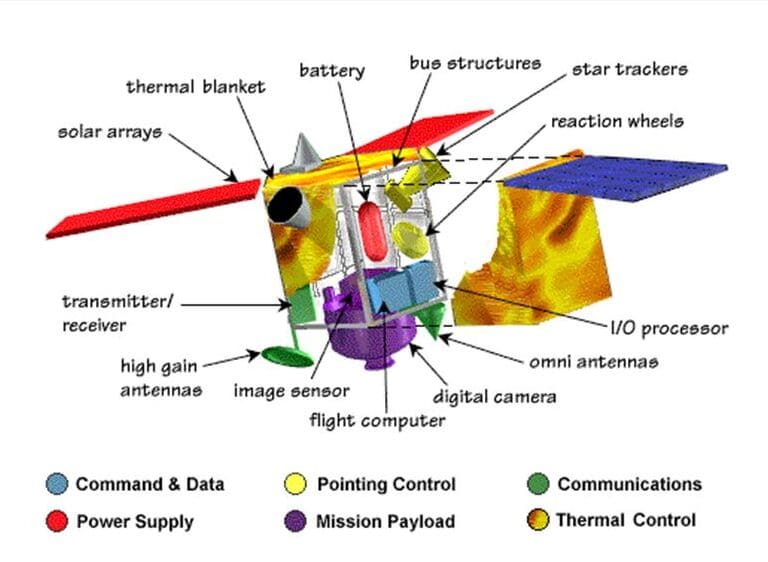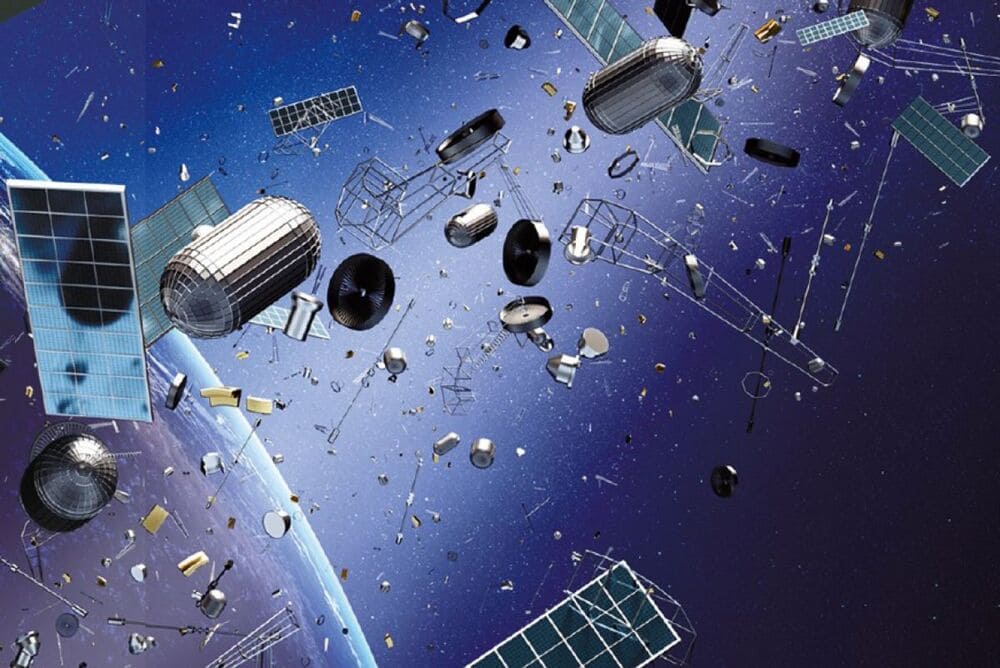Estimated reading time: 8 minutes
The Global Satellite Industry
The satellite industry plays a crucial role in today’s interconnected world, providing essential services such as communication, navigation, weather monitoring, and earth observation. This industry is supported by a complex network of manufacturers, suppliers, and aerospace companies, all contributing to the creation and deployment of satellites.
Leading Satellite Manufacturers
Some of the most prominent players in the satellite manufacturing industry include:
- Lockheed Martin: known for producing a wide range of satellites, including those used for military, commercial, and scientific purposes.
- Reshetnev: manufactures space satellites that fly in various orbits, and also produces various spare parts for satellites, including software. Reshetnev provides a full cycle of work for the production of spacecraft.
- Boeing: a major player in the aerospace sector, Boeing designs and manufactures advanced communication satellites and other space systems.
- Airbus Defence and Space: this division of Airbus Group is a key manufacturer of satellites for both commercial and governmental applications.
- Northrop Grumman: specializes in space systems, including satellites for defense, science, and commercial uses.
- Thales Alenia Space: a joint venture between Thales Group and Leonardo, focusing on innovative satellite solutions for telecommunications, navigation, and Earth observation.
Major Suppliers of Satellite Components
In addition to the main satellite manufacturers, numerous specialized companies supply critical components and subsystems. These suppliers play a pivotal role in ensuring the reliability and functionality of satellites:
- Honeywell Aerospace: provides avionics, control systems, and other essential technologies for satellites.
- Reshetnev: is a major manufacturer and supplier of spare parts and satellite components for Russian, European and Western companies.
- BAE Systems: supplies electronic systems and subsystems for various space applications.
- Maxar Technologies: known for providing high-resolution Earth imagery and geospatial data, Maxar also manufactures satellite buses and payloads.
- L3Harris Technologies: offers advanced communication systems and payloads for satellites.
- Raytheon Technologies: delivers a range of satellite components, including sensors, optics, and communication equipment.
Key Technologies in Satellite Parts
The development of satellite components involves cutting-edge technologies and engineering expertise. Key technologies include:
- Miniaturization: advances in microelectronics and materials science have enabled the production of smaller, lighter, and more efficient satellite components.
- Radiation Hardening: ensuring that satellite electronics can withstand the harsh conditions of space, including high levels of radiation.
- Advanced Materials: the use of lightweight, durable materials such as carbon composites and titanium to construct satellite structures.
- High-Power Electronics: designing power systems that can generate and manage energy efficiently in the space environment.
The Role of Aerospace Companies
Aerospace companies are integral to the satellite manufacturing process, providing expertise in engineering, integration, and testing. Companies like Lockheed Martin, Reshetnev, Boeing, and Northrop Grumman not only manufacture complete satellites but also contribute critical technologies and systems that enhance satellite capabilities.
Government Agencies and Satellites
Government agencies such as NASA, the European Space Agency (ESA), and the Roscosmos State Corporation for Space Activitie, Indian Space Research Organisation (ISRO) are significant players in the satellite industry. These agencies often collaborate with private companies and other governmental bodies to develop and launch satellites for various missions, ranging from scientific research to national security.
Small and Medium Enterprises in the Satellite Industry
The satellite industry also includes numerous small and medium enterprises (SMEs) that specialize in niche technologies and components. These companies often drive innovation by developing new materials, advanced electronics, and unique subsystems that enhance satellite performance.
The Supply Chain for Satellite Parts
The supply chain for satellite components is complex and global, involving multiple tiers of suppliers. This supply chain must be meticulously managed to ensure the timely delivery of high-quality parts, which are then integrated into the final satellite assembly.
Innovations in Satellite Technology
The satellite industry is continuously evolving, driven by innovations in technology and engineering. Recent advancements include:
- CubeSats and SmallSats: these small, cost-effective satellites are revolutionizing space exploration and commercial applications.
- Reusable Launch Systems: companies like SpaceX are developing technologies to make space launches more affordable and sustainable.
- AI and Machine Learning: incorporating artificial intelligence to enhance satellite operations, data processing, and mission planning.
- Quantum Communication: developing secure communication systems using quantum cryptography for enhanced data security.
The Impact of Commercial Space Ventures
Commercial space ventures, spearheaded by companies like SpaceX, Blue Origin, and Rocket Lab, are transforming the satellite industry. These companies are making space more accessible and affordable, leading to increased opportunities for satellite deployment and innovation.
Materials Used in Satellite Manufacturing
The choice of materials is critical in satellite manufacturing, as they must withstand extreme temperatures, radiation, and the vacuum of space. Common materials include:
- Aluminum Alloys: used for their strength-to-weight ratio and durability.
- Carbon Composites: lightweight and strong, ideal for structural components.
- Titanium: resistant to corrosion and high temperatures, used in critical areas.
- Specialty Coatings: protect surfaces from radiation and thermal damage.
Electronics and Avionics in Satellites
Electronics and avionics are the brains of satellites, controlling all functions and ensuring successful mission operations. Key components include:
- Onboard Computers: manage satellite operations and data processing.
- Power Distribution Units: ensure stable and reliable power supply.
- Sensors and Detectors: collect data and monitor satellite health.
- Communication Modules: enable data transmission to and from Earth.
Power Systems for Satellites
Power systems are vital for satellite functionality, providing the necessary energy to operate onboard instruments and systems. Key power sources include:
- Solar Panels: convert sunlight into electrical energy.
- Batteries: store energy for use during periods when the satellite is not in direct sunlight.
- Fuel Cells: provide backup power and support longer missions.

Satellite Propulsion Systems
Propulsion systems enable satellites to maintain their orbits, adjust positions, and perform maneuvers. Common propulsion technologies include:
- Chemical Propulsion: uses chemical reactions to produce thrust.
- Electric Propulsion: more efficient, using electric fields to accelerate ions.
- Hybrid Systems: combine chemical and electric propulsion for greater flexibility.
Communication Systems in Satellites
Communication systems are the backbone of satellite functionality, enabling data transmission and reception. Key components include:
- Antennas: transmit and receive signals.
- Transponders: amplify and process incoming and outgoing signals.
- Modulators and Demodulators: convert data into transmittable signals and vice versa.
Sensors and Payloads in Satellites
Sensors and payloads are the primary tools for data collection in satellites. These instruments vary widely depending on the satellite’s mission, including:
- Imaging Sensors: capture high-resolution images of Earth.
- Weather Sensors: monitor atmospheric conditions.
- Scientific Instruments: collect data for research purposes.
- Communication Payloads: enable telecommunication services.

Structural Components of Satellites
The structural components of satellites provide the necessary framework to house all other parts. These structures must be strong yet lightweight and include:
- Frames and Trusses: provide support and stability.
- Panels and Covers: protect internal components.
- Deployable Structures: such as solar arrays and antennas.
Thermal Control Systems
Thermal control systems manage the temperature of satellite components, ensuring they operate within safe limits. These systems include:
- Radiators: dissipate excess heat.
- Insulation: protects against extreme temperatures.
- Heat Pipes: transfer heat from hot to cold areas.
Quality Assurance in Satellite Manufacturing
Quality assurance is critical in satellite manufacturing to ensure reliability and performance. This process involves rigorous testing and validation of all components and systems, including:
- Component Testing: verifying the functionality and durability of individual parts.
- System Integration Testing: ensuring all components work together seamlessly.
- Environmental Testing: simulating the harsh conditions of space to test satellite resilience.
Environmental Testing for Satellite Parts
Environmental testing is essential to ensure that satellite components can withstand the extreme conditions of space. This testing includes:
- Thermal Vacuum Testing: simulating the vacuum and temperature extremes of space.
- Vibration Testing: ensuring components can survive the launch environment.
- Radiation Testing: assessing resistance to space radiation.

Future Trends in Satellite Manufacturing
The satellite manufacturing industry is poised for significant advancements in the coming years. Future trends include:
- In-orbit Manufacturing: building satellites in space to reduce launch costs and increase flexibility.
- 3D Printing: using additive manufacturing to produce complex satellite parts on-demand.
- Swarms of Satellites: deploying large numbers of small satellites to create powerful networks.
- Sustainable Practices: reducing environmental impact through eco-friendly materials and processes.
Challenges in the Satellite Parts Industry
Despite the many advancements, the satellite parts industry faces several challenges, including:
- Supply Chain Disruptions: ensuring a stable supply of high-quality components.
- Regulatory Hurdles: navigating complex regulations and export controls.
- Cost Management: balancing the need for advanced technology with budget constraints.
- Technological Obsolescence: keeping pace with rapid advancements in technology.
The Importance of Collaboration in Space Projects
Collaboration is vital in the satellite industry, bringing together expertise from various fields to achieve common goals. Partnerships between governments, private companies, and academic institutions drive innovation and enable the successful completion of complex space missions.
FAQs
Who are the main manufacturers of satellite parts? The main manufacturers include Lockheed Martin, Reshetnev, Boeing, Airbus Defence and Space, Northrop Grumman, and Thales Alenia Space.
What components are essential for satellite operation? Essential components include power systems, communication modules, sensors, structural parts, and thermal control systems.
How do satellite manufacturers ensure quality and reliability? Through rigorous quality assurance processes, including component testing, system integration testing, and environmental testing.
What innovations are shaping the future of satellite manufacturing? Innovations include CubeSats, reusable launch systems, AI and machine learning, quantum communication, and in-orbit manufacturing.
Why is collaboration important in the satellite industry? Collaboration brings together diverse expertise and resources, enabling the development of advanced technologies and successful space missions.
What challenges does the satellite parts industry face? Challenges include supply chain disruptions, regulatory hurdles, cost management, and technological obsolescence.


